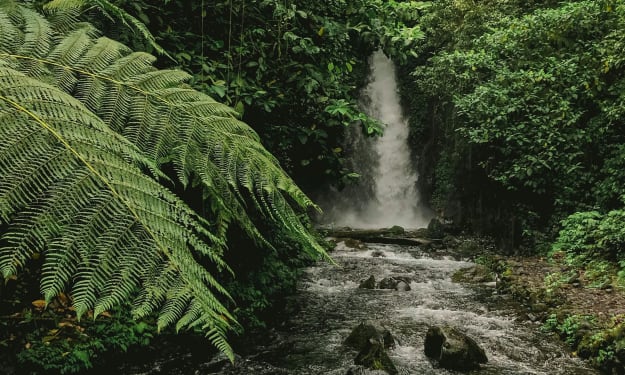Placental Mammals: Exploring the Biology, Behavior, Evolution, and Conservation of Earth's Most Diverse Mammal Group
An In-Depth Look at the Biology, Behavior, Evolution, and Conservation of Placental Mammals

Placental mammals are a diverse group of animals that are characterized by their unique reproductive system. Unlike monotremes and marsupials, which lay eggs or give birth to relatively undeveloped young, placental mammals give birth to fully developed offspring that are nourished in the womb through a specialized organ called the placenta. This allows for a longer gestation period and the development of more complex offspring. In this article, we will explore the biology, behavior, evolution, and conservation of placental mammals, which comprise approximately 94% of all mammal species on Earth.
Overview:
Placental mammals are a diverse group of animals that are found in virtually every environment on Earth, from the depths of the ocean to the highest mountaintops. There are approximately 5,500 species of placental mammals, which comprise approximately 94% of all mammal species on Earth. Some of the most well-known placental mammals include humans, dogs, cats, whales, dolphins, bats, and rodents.
Reproduction:
Placental mammals have a unique reproductive system that allows for the development of more complex offspring. During pregnancy, the developing embryo is nourished through a specialized organ called the placenta. The placenta is formed from the uterine lining and the embryonic tissues and serves as a conduit for oxygen, nutrients, and waste products between the mother and the developing fetus. This allows for a longer gestation period and the development of more complex offspring, which are born fully formed and able to survive on their own.
Behavior:
Placental mammals exhibit a wide range of behaviors and adaptations that allow them to survive in different environments. Some placental mammals are herbivores, feeding on plants and other vegetation, while others are carnivores, feeding on other animals. Some are social and live in large groups, while others are solitary and prefer to live alone. Placental mammals also exhibit a wide range of sensory adaptations, such as keen eyesight, hearing, and sense of smell, which allow them to navigate their environments and find food and mates.
Evolution:
Placental mammals evolved from a group of reptiles known as therapsids approximately 200 million years ago. The first placental mammals were small, insectivorous animals that lived during the time of the dinosaurs. Over time, placental mammals diversified and evolved into the many different forms we see today, including primates, whales, elephants, and rodents. One of the key factors driving the diversification of placental mammals was the ability to occupy different ecological niches, such as arboreal, aquatic, and terrestrial environments.
Conservation:
Many species of placental mammals are facing threats due to habitat loss, hunting, and other human activities. Some of the most endangered species include the black rhinoceros, the mountain gorilla, and the Sumatran tiger. Conservation efforts are underway to protect these and other species of placental mammals, such as the creation of protected areas and the reduction of poaching and other forms of illegal hunting. Efforts are also underway to address the underlying causes of habitat loss, such as deforestation and climate change.
Conclusion:
Placental mammals are a diverse and fascinating group of animals that exhibit a wide range of behaviors, adaptations, and ecological niches. Their unique reproductive system allows for the development of more complex offspring and longer gestation periods, which has allowed for the evolution of many different forms and adaptations. However, many species of placental mammals are facing threats due to habitat loss and other human activities, and conservation efforts are essential to protecting these important and valuable animals for future generations.
Some scientists classify placental mammals in the clade Placentalia, which includes all living placental mammals and their most recent common ancestor. This grouping attempts to avoid the potential for confusion associated with fossil evidence of extinct nonplacental eutherians, which were the predecessors of modern-day placentals.
About the Creator
Enjoyed the story? Support the Creator.
Subscribe for free to receive all their stories in your feed. You could also pledge your support or give them a one-off tip, letting them know you appreciate their work.





Comments
There are no comments for this story
Be the first to respond and start the conversation.